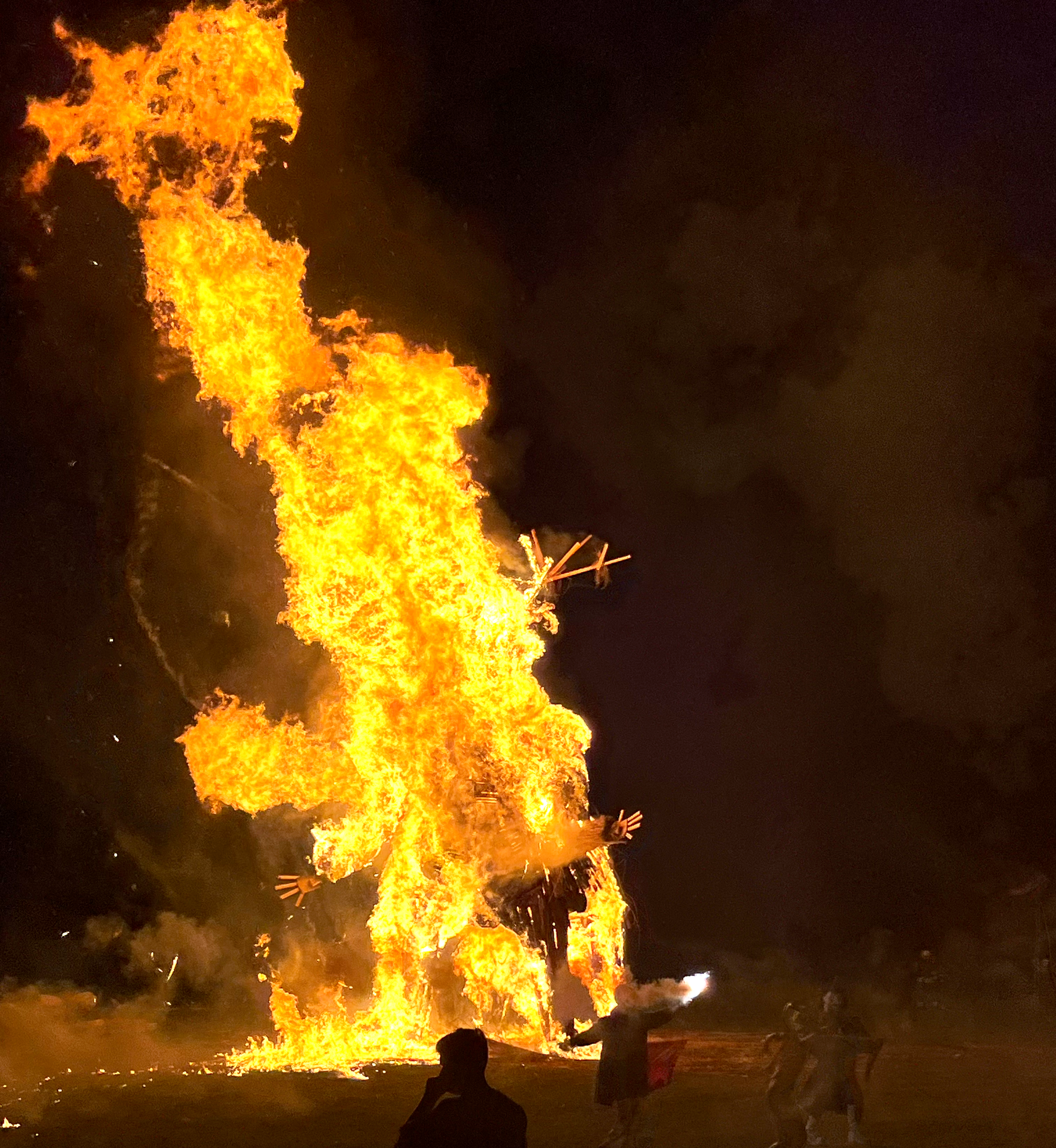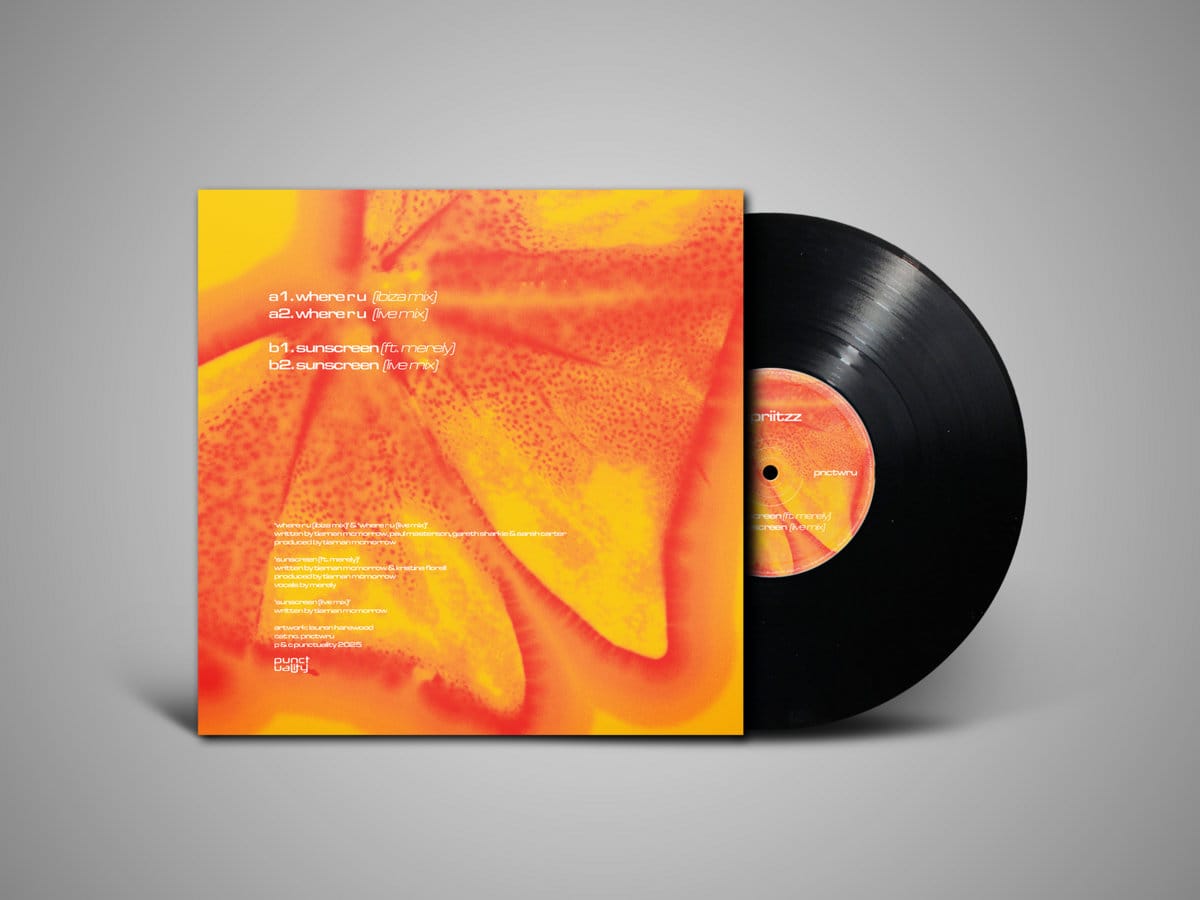OPORD "BLOGPOST #111"

I spent 60% of last week in the forest. That's nothing new, we're doing it again this week. The climate is what is new – apparently in Estonia it gets cold in the autumn already. It was quite a trying four days and now I can rejoice that I am in a cosy café with my coffee and a cookie in front of me.
This week we started really learning more in depth what is an operational order (aka OPORD) and how to write one. It is a rather meticulous process. To break it down – when you have a task or a mission to complete on the terrain there needs to be an order.
For us, it needs to be in a five-point structure, in which we describe:
- The Situation – Describes the terrain and the conditions
- The Mission – What we have to do
- The Execution – How precisely are we doing it
- The Service Support – How are we going to be supplied and helped out
- Command and Signal – What is the chain of command and how do we communicate
It is a very thorough text describing every little detail of an operation. We go from describing the weather to making clear what kind of tools we have at hand for the given mission. The bigger plan is that it needs to be concise and clear so that everyone can understand it.
I do enjoy for example the minimalistic structure of the second point – The Mission. It is a single sentence that answers the five following questions in the given order: Who? Does what? When? How? Why? I'll give a quick example.
"Uku WRITES a blogpost by 082000OKT23 thanks to the power of caffeine and discipline in order to have it ready for next week's Monday morning."
Here "082000OKT23" is the way dates are used in the army – it's another way to say the 8th of October 2023 at 20 o'clock. The utility being that the first thing you see is if it's today or not thanks to the first information being the number of the day.
Funnily enough, I would compare an OPORD to a dissertation in French. It has a strict structure to follow and is a meticulous job to do. The main difference is that in the dissertation (don't tell any French teachers I said this) the more fluff you add the better it is.
Back to the order – we got to write some and also present some. It is a very straightforward process but it does need some time to get used to. The time is mostly necessary to understand what are the actual important points of the order and what is the fluff where we can cut a few corners.
I hope to soon get to that point because just today I finished my most recent OPORD which is 14 A5 pages long. I do get that right now writing everything out is important since it helps us grasp the bigger picture and it is only then that we can even start thinking about cutting any corners. That being said – it takes so much time. It took about three hours to get that text together.
In a real situation, it cannot take more than an hour. I am confident that it will get better – the pace of composing and my understanding of an operational order have increased considerably in the past few weeks.
This Week's Suggestions:
🎶 "So Much In Love" by D.O.D and remixed by Sub Focus:
This dancefloor drum and bass song came out a little while ago. Sub Focus had already played it in his sets for a few months when it finally dropped last month. It has such a nice vocal track and the professional production really makes it an incredible tune to listen to.
Thanks for reading!




